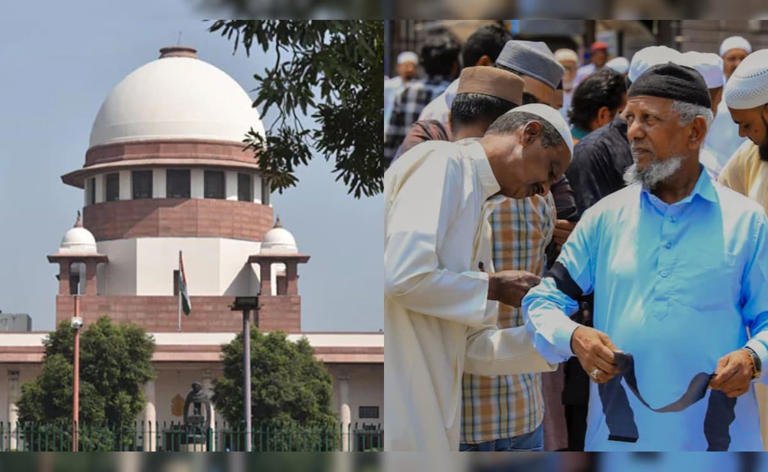India Successfully Tests New Long-Range Missile: A Leap in Strategic Defence
Odisha Coast Witnesses Defence Breakthrough
In a major boost to national security and technological advancement, the Defence Research and Development Organisation (DRDO) on Friday successfully conducted a test launch of a long-range surface-to-air missile from the Integrated Test Range (ITR) off the Odisha coast. The missile is designed to strengthen India’s multi-layered air defence system, capable of intercepting high-speed aerial threats at extended ranges.
Expanding Strategic Reach
The missile test follows a series of DRDO achievements in recent months. According to defence reports, India had issued a Notice to Airmen (NOTAM) earlier this month, establishing a no-fly and no-sail zone of 3,550 km over the Bay of Bengal from October 15–17, signaling a long-range trial. Experts believe this test could be linked to the next-generation Agni-VI system—a missile under development with Multiple Independently Targetable Re-entry Vehicle (MIRV) capability, extending India’s strike potential far beyond current limits.
What the Range Expansion Indicates
The NOTAM notice was notably expanded three times within a week—from 1,480 km to 2,520 km, and finally to 3,550 km, suggesting the test involved a more powerful missile system than previously anticipated. Defence analysts point to the Agni series—India’s family of nuclear-capable ballistic missiles—as the likely platform tested. The series includes the Agni-I through Agni-V, with ranges between 700 and over 5,000 kilometers.
Reinforcing India’s Deterrence Strategy
This successful test underscores India’s focus on credible minimum deterrence, amid growing geopolitical complexities in Asia. As part of its strategic modernization, the country has intensified its testing of advanced missile systems—including the Agni Prime, successfully launched in September 2025, and ongoing developments in the Dhvani hypersonic program slated for later this year.
Global Reactions and Strategic Implications
The international response to India’s latest test has been closely monitored. Defence experts worldwide note that such advancements reaffirm India’s position as one of the world’s leading missile powers, maintaining a strategic balance in the Indo-Pacific. The test signals a clear message about technological self-reliance and deterrence readiness, particularly as regional tensions escalate.
The Road Ahead
With the Agni-VI and Dhvani hypersonic missile programs in advanced stages, India is rapidly shaping its deterrence architecture for the coming decades. The focus remains on indigenously developed systems, solid-fuel propulsion, and re-entry vehicle innovation—key components ensuring operational flexibility and rapid deployment capability.
India’s successful long-range missile test is a powerful reminder of its growing defence autonomy and technological prowess. Conducted under the DRDO’s rigorous test schedule, it symbolizes not just a scientific win but a strategic milestone—paving the way toward a stronger, self-reliant, and secure nation.





